
During the 1930s, children did not have the clothes or resources that kids do today. Throughout the Depression some children had to leave school and go to work. Often, there was not enough money for books, clothes or other school needs. But kids in the 1930s were much less style-conscious because many children wore old or remade clothes to school. Hand-me-downs were also very common. Movies were popular but the only star to influence children's clothing was Shirley Temple.
Dressing for School

George Marks/Retrofile/Getty Images
When children went to school in the 1930s, they mostly wore what they had. Usually kids had about three sets of clothing: one each for school, play and special occasions. In rural areas, some children wore overalls and came to school barefoot. As is often the case today, children in private schools wore uniforms. Family members made kids clothes from feed sacks or altered worn adult clothes. In winter children wore wool coats and felt hats with chinstraps.
Girls Clothing
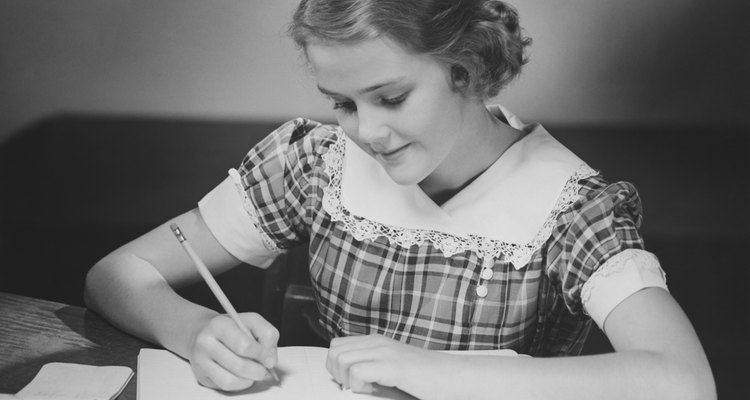
George Marks/Retrofile/Getty Images
Most 1930s girls wore dresses or blouses with puffed sleeves and skirts to school. Black Mary Janes were popular shoes and girls wore knee or ankle socks instead of long stockings. They occasionally wore pinafores but middy blouses were more popular. When Shirley Temple wore short dresses in her films they became popular for little girls. Gym clothes were called tunics (sometimes called gym slips), which looked like a loose jumper with a wide bib. American girls began to wear pants and shorts for play, but not for school.
Boys Clothing
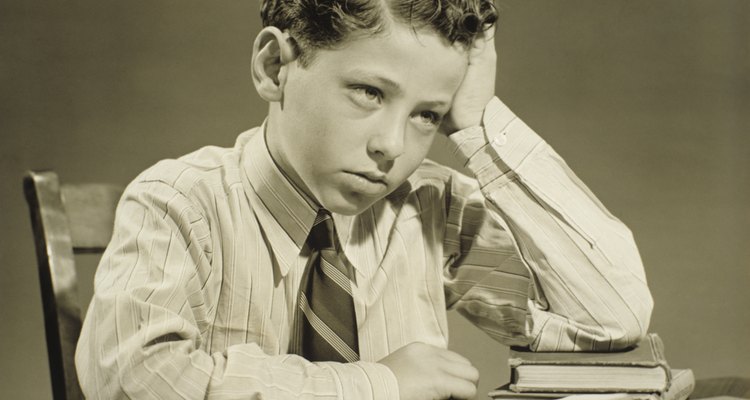
George Marks/Retrofile/Getty Images
The biggest change in boys’ school clothes for the 1930s was the disappearance of the knickers. Young boys still wore them and sometimes they were made from cut-down men’s pants. Short pants for older boys were phased out and kids began wearing jeans or corduroy pants. They also stopped wearing knee socks, though argyle socks became popular as commercial knitting techniques improved. Boys wore sneakers for play but were not allowed to wear them to school. Many boys wore flat-topped caps but in winter they wore hats with ear flaps.
Teenagers
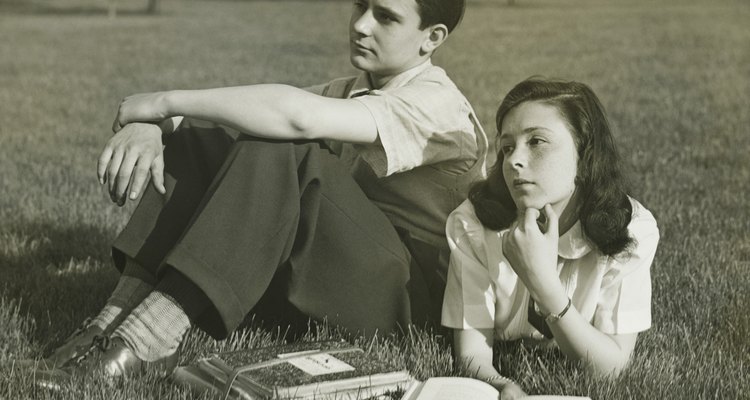
George Marks/Retrofile/Getty Images
Teens were more inclined to follow fads or wear adult clothes. Some had jobs that allowed them to buy their own clothes. Teenage girls wore saddle shoes, big skirts and baggy sweaters. Sometimes they wore moccasins with no socks. They wore their hair in finger waves, which were small, tight waves set close to the head. High school boys wore double-breasted suit jackets and long pants. Their hair was simply cut short and parted on the side. Teenagers also latched onto the argyle sock fad.
Related Articles
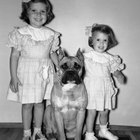
1950s Clothes for Children

Fashion for Children in the 1960s
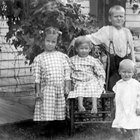
Children's Clothes in 1915

Children's Clothing in the 1900s
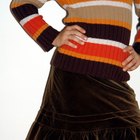
School Clothes in the 1900s

What Did Kids Wear in the 80s?
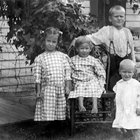
Children's Clothing From the 1920s
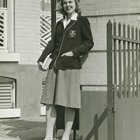
School Uniforms in the 1940s
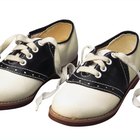
Children's Shoes in the 1950s

What Did Teenagers Wear in the '60s?
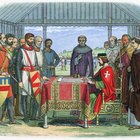
Kids' Clothing During the Medieval ...
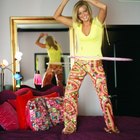
Clothing Ideas for a 1970s-Themed Party
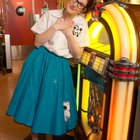
School Clothes for Girls in the 1950s
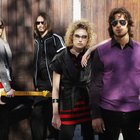
Fashion for Teen Men of the '90s
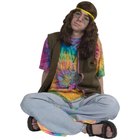
How Did Teenagers Dress in the '60s & ...

What Teenagers Wore in the 1940s

Children's Clothes in 1910

Irish Clothes of 1850
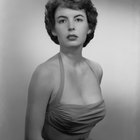
1950s Women's Fashion & Hairstyles

Guys' Greaser Clothes of the '50s
References
Writer Bio
Catherine A. Mezensky has been writing professionally since 2002. She writes about gardening for various web sites, including eHow. Mezensky holds a Master of Arts in liberal studies from Loyola Collage in Maryland. She also has a professional background in museum education and English writing.
Photo Credits
George Marks/Retrofile/Getty Images